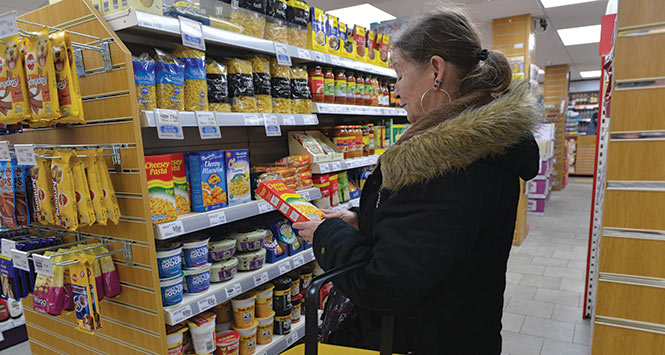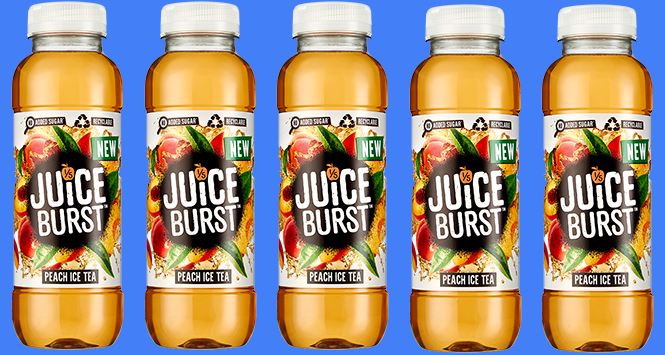Consumers may have more disposable income, but it’s where they choose to spend it that is important to local retailers. To ensure you are getting your share of this increased spend, you have to ensure your store is keeping up with the latest trends in convenience.
by Kevin Scott
At this time of the year, there is a clamour for predictions of what trends will come to define grocery over the next 12 months. This may not always lead to a level of clairvoyance that would trouble Nostradamus, however it does give us a chance to look at how grocery might develop in the coming year, and what technology, product development and shopper insight theories have in store for us.
In early January him! held a Future of Convenience seminar, the aim of which was to do exactly that. Three key trends emerged. The first (which may or may not be good news for convenience stores) is that negative inflation and higher wages means consumers have more disposable income, with many choosing to spend it on eating out of the home. Over a third of UK adults are now eating out more often than they were 12 months ago, according to him!
Secondly, the trend of healthy living and eating has “exploded”. Him! reported that 57% of UK adults now say they are more aware of healthy foods and lifestyle choices than they were 12 months ago. However, this comes with a downside: a large proportion of shoppers don’t see convenience stores as credible places to buy fresh and healthy products. That is something the sector has to work to work on, to change perceptions and grow sales in an area that is only likely to become more important in the coming years.
The final trend observed that consumers have changed the way they eat. One quarter of us are eating dinner on our own; surprisingly this is often people in shared or family houses choosing to cook separately. The cause of this unusual approach to self-sustenance is a remarkable lack of planning around meal times today. These may be wider consumer trends, but trends in convenience shopping habits also help to former a wider picture of where retailers need to focus their efforts.
As part of its recent research him! asked 20,000 shoppers in 2015 to rate the factors that are most important to them when shopping in a convenience store, the top three were staff friendliness, availability and ease/speed of shop.
Research Director, Blake Gladman comments: “When we look at potential issues around the living wage and how this could impact staff in store, as well as factors such as price deflation and the weather impacting on availability of products and the competition focussing on making the world smaller for shoppers and making life easier, it demonstrates the importance that these have on the three most critical factors for shoppers in convenience stores.”
Gladman adds: “The evening is precious for the meal for tonight shopper, a massive 56% of c-shoppers want to spend less than 30 minutes cooking their evening meals.”
Him! isn’t the only group that have kicked off 2016 with a series of predictions. Another – more focussed on the wider grocery market – comes from IGD, whose Chief Economist James Walton has taken a look at the innovation that may creep into stores in 2016.
The first of his predictions is ‘microconvenience’. For local retailers – this is a good thing, because microconvenience is a lengthy word for small convenience store.
“Many of the best sites for modern convenience have already been acquired and developed,” explains Walton. “Prices for the remainder may be unaffordable so operators must be flexible and inventive in order to expand further.”
So, that means stores around 1,000 sq ft in prime locations are set to be in high demand. This makes sense. As we’ve previously reported, this sort of microstore (think smaller than a CTN) is commonplace in certain urban conurbations in Asian cities. Such is the demand for space, retailers operate in confined spaces, relying on sharp operational and ranging skills in order to ensure they can maintain a decent offer for consumers.
Walton says that the trend for microconvenience also provides a platform for ‘hybridisation’, a concept where a store’s core offering is just part of what it offers – this doesn’t have to be extreme diversification, it could be something as simple as improving the facilities for online parcel collection, which is proving itself to be an excellent footfall driver in independent stores. Foodservice is another area of hybridisation that is likely to expand in 2016.
“Foodservice can offer shoppers product customisation, instant satisfaction and foody values and growth in that sector is outpacing food retail at present,” comments Walton.





